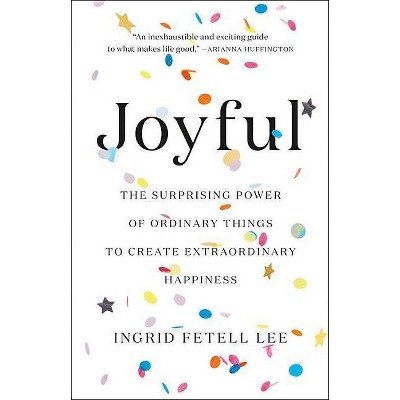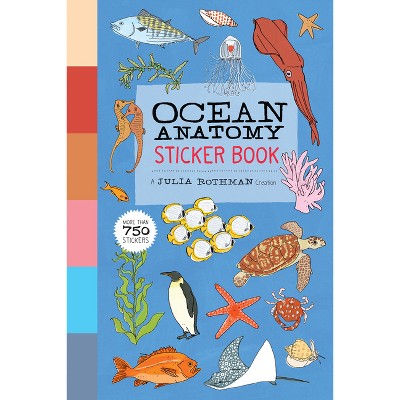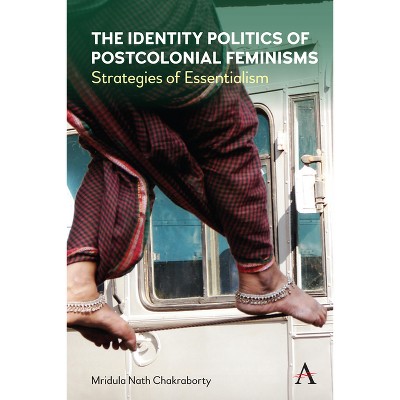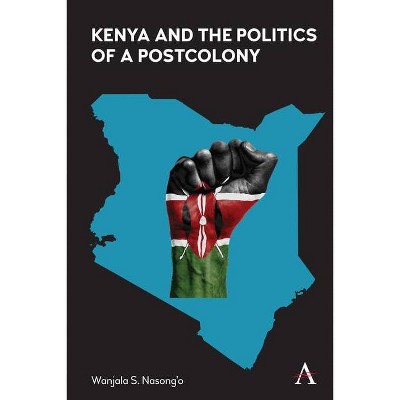Sponsored

The Politics of Belonging in Algerian Art - by Cynthia J Becker (Paperback)
Pre-order
Sponsored
About this item
Highlights
- Examines how Denis Martinez's art, particularly his 1990 exhibition 7 murs revisités, used Indigenous collaboration to challenge nationalist narratives and illuminate the cultural tensions within post-colonial Algeria.
- About the Author: Cynthia Becker is Professor of African art in the History of Art & Architecture Department at Boston University.
- 100 Pages
- Art, Individual Artists
Description
About the Book
Since the late 1960s, Algerian artist Denis Martinez has drawn from Amazigh art to confront post-colonial politics. Collaborating with Indigenous communities, his multimedia work channels the era's tensions and reimagines art as a transformative force that is capable of healing, resisting marginalization, and envisioning a pluralistic future for Algeria.
Book Synopsis
Examines how Denis Martinez's art, particularly his 1990 exhibition 7 murs revisités, used Indigenous collaboration to challenge nationalist narratives and illuminate the cultural tensions within post-colonial Algeria.
Grainy video footage, dated back to the 1990s, features Algerian artist Denis Martinez (b. 1941) in conversation with several Kabyle (Amazigh) women. Gesturing toward a carpet, women discussed its geometric motifs with him. Abruptly, the camera cuts to a close-up of one of his canvases, revealing similar painted designs. This scene unfolds during the exhibition of Martinez's 1989 series 7 murs revisités at a rural Amazigh cultural center in Ait Hichem, a considerable distance from the capital of Algiers. His seven monumental canvases, measuring 200 × 300 cm2, reimagine Kabyle wall paintings as cosmic vessels, marked by bold and colorful patterns and an angst-ridden figure emerging from a portal. The exhibition created a space of conviviality and cultural affirmation despite growing political repression by the Algerian national government. When Martinez painted this series, the Kabyle house had become a potent symbol of resistance against the increasingly repressive policies of the Algerian government, who advocated an Arab-Muslim identity for the nation. Sadly, the works were never acquired by a museum and were later damaged by water after Martinez fled Algeria in 1993, following the outbreak of civil war.
The 1989 series 7 murs revisités by Denis Martinez serves as the central focal point of this book, offering a lens through which to examine how visual expressions of Indigeneity served as symbols of resistance in Algeria. This study of Denis Martinez's artistic practice centers on his engagement with Amazigh culture, offering insights into how modern artists from post-colonial nations strategically appropriated symbols and motifs linked to Indigeneity. Martinez, an Algerian of Spanish ancestry, was sensitive to the plurality of identities that historically characterized Algeria. After the Algerian revolution (1962), several competing modernisms were emerging in Algeria. Martinez's deliberately utilized signs and symbols drawn from Amazigh textiles, ceramics, and tattoos with the intention of creating a visual language rooted in universal humanism.
This book undertakes an in-depth analysis of Martinez's artistic practice, the critical reception to his works, and the contextual backdrop within which they were displayed. As a founding member of the post-colonial collective Aouchem, meaning "Tattoo," he coined the group's slogan, "the sign is louder than the bomb," which was included in the 1967 Aouchem manifesto. This phrase encapsulated their belief in the supremacy of signs and symbols over physical aggression to counter oppression. Martinez worked in an artistic style that conveyed a humanist pan-ethnic ethos. He intertwined swirling patterns derived from Arabic script with geometric motifs inspired by Indigenous Amazigh (Berber) arts. He used muted tones and frequently depicted emaciated human figures, symbolizing the trauma of violence endured during Algeria's struggle against colonization. He imagined that Indigenous visual representation could confront systematic marginalization, transform power structures, and construct a more equitable future. When Martinez painted his series 7 murs revisités in 1989, it marked a radical change in his visual aesthetic. The study posits that by concentrating on interior wall paintings of the Kabyle house, Martinez fashioned a subversive and strategic localism. In doing so, he used Indigenous art to encapsulate the prevailing tensions of the period and express anxieties surrounding the future trajectory of the Algerian nation.
About the Author
Cynthia Becker is Professor of African art in the History of Art & Architecture Department at Boston University.
Shipping details
Return details
Frequently bought together

Trending Non-Fiction

















